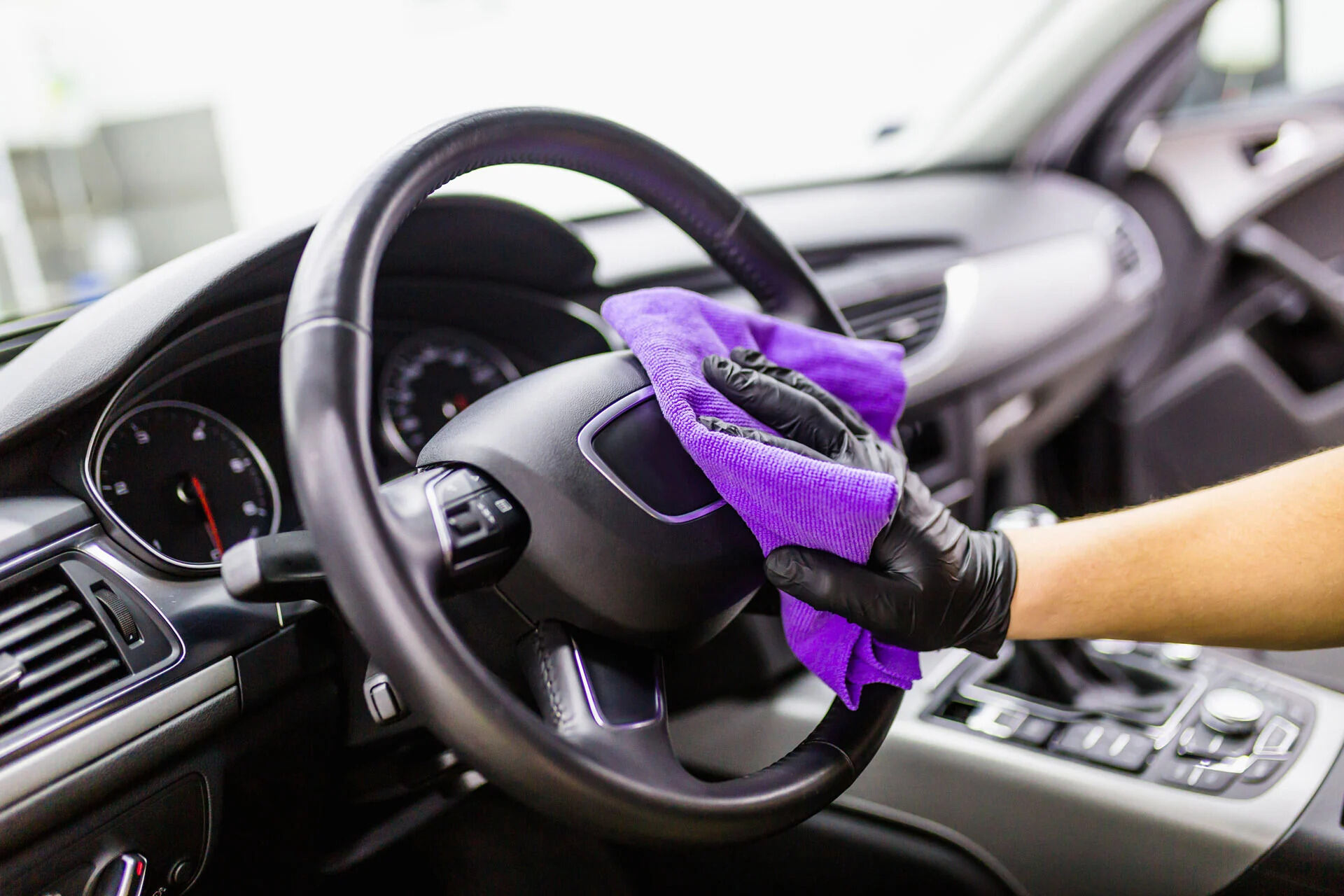

Articles
Car Cleaning Tips: Disinfecting Your Car
Modified: December 7, 2023
Discover effective car cleaning tips in this informative article on disinfecting your car. Learn how to keep your car germ-free and safe for you and your passengers.
(Many of the links in this article redirect to a specific reviewed product. Your purchase of these products through affiliate links helps to generate commission for Storables.com, at no extra cost. Learn more)
Introduction
Keeping your car clean and sanitized has always been important, but in today’s world, it has become even more crucial. With the spread of various viruses and bacteria, disinfecting your car is essential not only for your own health and safety but also for the well-being of your passengers. Whether you use your car for daily commuting, travel, or simply running errands, it is essential to take the necessary steps to keep it clean and free from harmful pathogens.
Disinfecting your car goes beyond just giving it a quick wash. It involves thorough cleaning and sanitizing of both the exterior and interior surfaces, paying special attention to high-touch areas that are more prone to the accumulation of germs. By following the right cleaning techniques and using appropriate products, you can ensure that your car remains hygienic and free from potential health hazards.
In this article, we will explore some useful tips and guidelines for disinfecting your car effectively. From choosing the right cleaning products to cleaning high-touch areas and caring for car upholstery, we have you covered. By implementing these practices, you can maintain a clean and safe environment inside your vehicle.
So, let’s dive into the world of car cleaning tips and discover how you can disinfect your car to keep yourself and your loved ones protected.
Key Takeaways:
- Prioritize cleanliness and well-being by regularly disinfecting your car’s interior and high-touch areas to create a safe and germ-free driving environment for yourself and your passengers.
- Choose the right cleaning products and store disinfecting supplies in your car to maintain a hygienic driving space, ensuring a clean, safe, and enjoyable journey for you and your loved ones.
Why Disinfecting Your Car is Important
Disinfecting your car is not just about maintaining its appearance; it is about safeguarding your health. Your car is a confined space where you spend a significant amount of time, and it can quickly become a breeding ground for germs and bacteria. Here are some reasons why disinfecting your car is important:
- Protection against viruses and bacteria: Your car surfaces can harbor a wide range of pathogens, including bacteria and viruses. Regular disinfection helps to eliminate these harmful microorganisms, reducing the risk of contracting illnesses.
- Preventing the spread of diseases: By disinfecting your car, you not only protect yourself but also prevent the spread of diseases to your passengers. This is especially crucial if you frequently transport vulnerable individuals such as children, the elderly, or individuals with weakened immune systems.
- Reducing allergies and respiratory issues: Dust, pollen, and other allergens can accumulate in your car’s interior, triggering allergies and respiratory issues. Proper cleaning and disinfection can help remove these allergens, promoting a healthier and more comfortable driving environment.
- Maintaining resale value: A well-maintained and clean car is more appealing to potential buyers. Regular disinfection helps keep your car in good condition and preserves its value, making it easier to sell or trade-in in the future.
- Mental well-being: A clean and sanitized car can contribute to your overall well-being and peace of mind. It provides a sense of cleanliness and order, enhancing your driving experience and creating a more pleasant environment for both you and your passengers.
Given the importance of disinfecting your car, it is vital to establish a regular cleaning routine to keep your vehicle safe and hygienic. In the next sections, we will delve into the details of how to effectively clean and disinfect both the exterior and interior of your car.
Choosing the Right Cleaning Products
When it comes to cleaning and disinfecting your car, selecting the right cleaning products is crucial. Using the appropriate products ensures effective removal of dirt, grime, and harmful microorganisms without causing damage to your car’s surfaces. Here are some tips to help you choose the right cleaning products:
- Multipurpose cleaners: Look for multipurpose cleaners that are specifically formulated for automotive use. These cleaners are designed to remove dirt, grease, and stains from various surfaces, including vinyl, plastic, and upholstery.
- Disinfectants: To eliminate germs and bacteria, choose disinfectants that are approved for use on vehicles. Look for products that contain ingredients such as alcohol or bleach, as these are effective in killing pathogens.
- Non-abrasive products: Avoid using abrasive cleaners or harsh chemicals that can damage your car’s surfaces. Opt for non-abrasive products that are gentle yet effective in removing dirt and stains.
- Environmentally-friendly options: If you are conscious about the environment, consider using eco-friendly cleaning products. Look for biodegradable and non-toxic formulas that are safe for both you and the environment.
- Microfiber cloths: Invest in high-quality microfiber cloths for cleaning and wiping surfaces. Microfiber cloths are soft, lint-free, and highly absorbent, making them ideal for cleaning delicate areas without leaving scratches.
- Appropriate tools: Apart from cleaners, make sure to have the necessary tools such as brushes, sponges, and detailing brushes. These tools help you reach difficult areas and ensure a thorough cleaning process.
It is essential to read and follow the instructions provided on the cleaning products to ensure safe and effective usage. If you are unsure about which products to choose, consult with professionals, or do some research to find trusted brands and recommendations.
Remember, using the right cleaning products is the first step towards effective disinfection. In the following sections, we will explore how to clean and disinfect both the exterior and interior surfaces of your car to maintain a pristine and hygienic driving environment.
Cleaning the Exterior of Your Car
The exterior of your car is constantly exposed to dirt, dust, road grime, and other contaminants. Regular cleaning not only keeps your car looking good but also helps protect the paint and finish. Here are some steps to effectively clean the exterior of your car:
- Preparation: Start by gathering all the necessary supplies such as car wash soap, bucket, sponge or wash mitt, microfiber towels, and a hose. Park your car in a shaded area to prevent the cleaning solution from drying out too quickly.
- Rinse: Begin by rinsing your car thoroughly with water to remove any loose dirt and debris. This helps prevent scratching the paint during the washing process.
- Wash: Fill a bucket with water and add the appropriate amount of car wash soap. Use a sponge or wash mitt to apply the soapy water to your car, starting from the top and working your way down. Be sure to clean all the panels, including the roof, hood, doors, and trunk. Rinse your sponge or mitt regularly to prevent dirt from being transferred back onto the car.
- Rinse Again: After washing, thoroughly rinse away the soap residue using a hose or pressure washer. Make sure to remove all the suds from the surface of the car.
- Dry: Use microfiber towels to dry your car’s exterior. Start from the top and work your way down, ensuring that all the surfaces are thoroughly dried. This helps prevent water spots and streaks.
- Polish and Wax: To enhance the shine and protect the paint, consider applying a coat of polish and wax. This helps to create a protective barrier against the elements and keeps your car looking its best.
- Finish with Tires and Wheels: Don’t forget to clean and shine your tires and wheels. Use a specific wheel cleaner and a brush to remove brake dust and grime. Apply tire shine to give your tires a glossy appearance.
Regularly cleaning the exterior of your car not only maintains its aesthetic appeal but also helps protect the paint and finish from damage. By following these steps, you can keep your car looking clean, shiny, and well-maintained.
In the next sections, we will shift our focus to the interior of your car and explore the crucial steps involved in disinfecting the surfaces and high-touch areas.
Disinfecting the Interior Surfaces
The interior of your car is where you spend a lot of time, making it important to keep it clean and free from harmful pathogens. Disinfecting the interior surfaces of your car involves cleaning and sanitizing various areas, including the dashboard, steering wheel, door handles, and other high-touch areas. Here’s how you can effectively disinfect the interior of your car:
- Prepare your cleaning supplies: Gather the necessary cleaning supplies, such as disinfectant wipes or a suitable cleaning solution, microfiber cloths, and gloves to protect your hands.
- Switch off the car: Before you begin cleaning, ensure that the car’s engine is turned off, and the keys are removed from the ignition. This ensures safety during the cleaning process.
- Start with the dashboard: Use a disinfectant wipe or a microfiber cloth dampened with a cleaning solution to wipe down the dashboard. Pay attention to the buttons, knobs, and vents. If using a cleaning solution, make sure it is safe to use on the specific materials of your car’s dashboard.
- Clean the steering wheel: The steering wheel is one of the most frequently touched surfaces in your car. Wipe it down thoroughly using a disinfectant wipe or a cloth dampened with a suitable cleaning solution. Ensure that the cleaning solution is compatible with the material of your steering wheel.
- Don’t forget the door handles: Door handles, both interior and exterior, are high-touch areas that should be regularly disinfected. Use a disinfectant wipe or a cloth soaked in a cleaning solution to clean them thoroughly.
- Wipe down other surfaces: Clean other surfaces inside your car, such as the center console, cup holders, and seat controls. Use disinfectant wipes or a cloth dampened with an appropriate cleaning solution, paying attention to any buttons or touchscreens.
- Clean the windows and mirrors: Use a glass cleaner and a microfiber cloth to clean the windows and mirrors. Make sure to remove any streaks or smudges for clear visibility.
- Vacuum the carpets and upholstery: Use a vacuum cleaner with upholstery attachments to thoroughly clean the carpets and upholstery. Pay close attention to removing any dirt, debris, or crumbs.
- Finish with the floors: Use a suitable floor cleaner and a mop or brush to clean the floors and remove any stains or spills.
By following these steps and regularly disinfecting the interior surfaces of your car, you can create a clean and safe environment for yourself and your passengers. However, it’s important to note that the techniques and cleaning solutions used may vary depending on the materials and finishes of your car’s interior. Always refer to the manufacturer’s guidelines and recommendations when cleaning specific surfaces.
Next, we will discuss the importance of paying attention to high-touch areas in your car and how to effectively clean and disinfect them.
Use a disinfectant spray with at least 70% alcohol to clean and disinfect high-touch surfaces in your car, such as door handles, steering wheel, and gear shift.
Read more: How To Clean And Disinfect A Kitchen Sponge
Paying Attention to High-Touch Areas
High-touch areas in your car are the surfaces that are frequently touched and come into contact with hands, increasing the chances of transmitting germs and bacteria. It is crucial to pay extra attention to these areas during the cleaning and disinfection process. By focusing on high-touch areas, you can effectively reduce the risk of spreading harmful pathogens. Here are some important high-touch areas to prioritize:
- Door handles: Whether it’s the exterior or interior door handles, these are frequently touched by multiple people. Disinfect them thoroughly to eliminate any germs or bacteria.
- Steering wheel: The steering wheel is in constant contact with your hands and is a prime area for the accumulation of germs. Make sure to disinfect it regularly to prevent the spread of pathogens.
- Gear shift: The gear shift is another high-touch area that needs special attention. Disinfect it thoroughly, especially if you share your car with other individuals.
- Seatbelts and buckles: Seatbelts and buckles are frequently touched during every car journey. Wipe them down with a disinfectant wipe or a cloth soaked in a suitable cleaning solution.
- Buttons and controls: Various buttons and controls, such as those for the windows, air conditioning, and radio, are repeatedly touched. Take the time to clean and disinfect these areas to reduce the risk of contamination.
- Cup holders: Cup holders can easily accumulate spills and stains, making them prime areas for bacteria growth. Disinfect them thoroughly and remove any debris.
- Touchscreens and infotainment systems: If your car has touchscreens or infotainment systems, remember to clean and disinfect them regularly. Use a suitable cleaning solution and a microfiber cloth to avoid scratching the screens.
- Key fobs: Key fobs are often overlooked when it comes to cleaning, but they can carry germs and bacteria. Wipe them down with a disinfectant wipe or a cloth soaked in a suitable cleaning solution.
By paying close attention to these high-touch areas and incorporating them into your cleaning routine, you can minimize the risk of contamination and ensure a hygienic driving environment. Remember to follow the cleaning and disinfection guidelines provided by the car manufacturer to maintain the integrity of the surfaces.
In the next section, we will discuss the cleaning and disinfection of car upholstery.
Cleaning and Disinfecting Car Upholstery
The upholstery in your car, including seats, carpets, and fabric surfaces, can harbor dirt, grime, and bacteria if not properly cleaned and disinfected. Regularly maintaining and disinfecting car upholstery is essential for a clean and healthy driving environment. Here are some steps to effectively clean and disinfect car upholstery:
- Vacuuming: Start by vacuuming the seats, carpets, and fabric surfaces to remove loose dirt, debris, and crumbs. Use a vacuum cleaner with upholstery attachments to reach all the crevices and corners.
- Spot Cleaning: If there are any visible stains or spills on the upholstery, take immediate action to spot clean them. Use a suitable stain remover or upholstery cleaner and follow the instructions provided. Blot the stains gently with a clean cloth or sponge.
- Deep Cleaning: For a thorough cleaning of the upholstery, consider using a suitable fabric cleaner or upholstery shampoo. Dilute the product according to the instructions and apply it to the upholstery. Use a soft-bristle brush or an upholstery brush to agitate the cleaning solution and remove any embedded dirt.
- Rinsing: After deep cleaning, rinse the upholstery thoroughly to remove any residue and cleaning solution. Use a clean, damp cloth or sponge to wipe away the excess moisture.
- Drying: Allow the upholstery to dry completely before using the car. Open the doors or windows to promote airflow and speed up the drying process. Avoid using heaters or direct sunlight, as they can damage the upholstery.
- Disinfection: After the upholstery is dry, it’s time to disinfect. Use a suitable disinfectant spray or wipes that are safe for use on fabric surfaces. Follow the instructions provided on the product and ensure that you cover all areas thoroughly.
- Leather and Vinyl Care: If your car has leather or vinyl upholstery, use appropriate leather or vinyl cleaners and conditioners to keep them clean and protected. Follow the manufacturer’s instructions for best results.
Regularly cleaning and disinfecting car upholstery not only helps remove dirt and stains but also eliminates bacteria and allergens, providing a healthier interior environment. Remember to use cleaning products that are safe for the specific type of upholstery in your car and test them on a small, inconspicuous area beforehand to avoid any damage or discoloration.
Once your car’s upholstery is clean and disinfected, ensure proper ventilation by opening windows or using the air conditioning system to circulate fresh air. This will help maintain a clean and fresh-smelling interior.
In the next section, we will discuss the importance of ventilation and air purification in your car for better air quality.
Ventilation and Air Purification
Proper ventilation and air purification in your car are crucial for maintaining good air quality and reducing the concentration of airborne contaminants. Implementing these practices helps create a fresh and healthy environment for you and your passengers. Here are some tips for ventilation and air purification in your car:
- Open windows: Whenever possible, open the windows of your car to allow fresh air to circulate. This helps in diluting any unpleasant odors and improving the overall air quality inside the vehicle.
- Use air vents: Direct the airflow from your car’s air vents towards open windows to facilitate the exchange of fresh air. This helps remove stagnant air and prevents the buildup of odors or dust particles.
- Set the HVAC system to fresh air mode: When using the heating, ventilation, and air conditioning (HVAC) system, make sure to set it to the fresh air mode instead of recirculation mode. This allows fresh air from outside to enter the car and provides better ventilation.
- Replace air filters: Regularly check and replace the air filters in your car’s HVAC system. Clogged or dirty filters can reduce airflow and affect the efficiency of air purification.
- Use air purifiers: Consider using portable air purifiers specifically designed for cars. These devices help filter out dust, pollen, allergens, and even certain types of bacteria and viruses, providing cleaner air inside the vehicle.
- Keep the car clean: Regularly clean the interior of your car, including surfaces, carpets, and upholstery, to minimize the accumulation of dust, dirt, and allergens. This promotes better air quality and reduces the overall need for air purification.
- Avoid smoking: If you or your passengers smoke, it is advisable to refrain from smoking inside the car. Smoking releases harmful chemicals and particles that can linger in the air and negatively impact air quality.
By paying attention to ventilation and implementing air purification measures, you can create a more pleasant and healthy environment inside your car. Good air quality is not only beneficial for your respiratory health but also contributes to a more comfortable and enjoyable driving experience.
Now that we have covered the importance of ventilation and air purification, let’s discuss the benefits of having disinfecting supplies easily accessible in your car.
Storing Disinfecting Supplies in Your Car
Having disinfecting supplies readily available in your car is essential for maintaining a clean and germ-free environment. It allows you to quickly and conveniently disinfect surfaces, especially when you’re on the go or in situations where hygiene is of utmost importance. Here are some tips for storing disinfecting supplies in your car:
- Choose portable containers: Opt for portable and compact containers to store your disinfecting supplies. This ensures they are easy to carry and won’t take up much space in your car.
- Use resealable bags: Place disinfectant wipes or small items like cotton swabs or gloves in resealable bags to keep them organized and prevent leakage or drying out.
- Consider disinfectant spray: Store a small bottle of disinfectant spray that is safe for use on various surfaces. This allows you to quickly disinfect high-touch areas or shared surfaces in your car or when using public facilities.
- Keep hand sanitizer handy: Store a travel-sized hand sanitizer in an easily accessible spot in your car, such as the glove compartment or center console. This allows you to quickly sanitize your hands before and after touching surfaces.
- Include gloves and masks: Consider keeping a supply of disposable gloves and a few extra masks in your car. This ensures you are always prepared and can protect yourself and others when necessary.
- Regularly check expiration dates: Make it a habit to check the expiration dates of your disinfecting supplies. Replace any expired products to ensure their effectiveness when needed.
- Keep supplies out of direct sunlight: Store your disinfecting supplies in a cool and dry location in your car, away from direct sunlight. Extreme heat can affect the quality and efficacy of certain products.
- Restock as needed: Regularly check your disinfecting supplies and restock when necessary. This ensures you are always prepared and have the necessary items to keep your car clean and germ-free.
By storing disinfecting supplies in your car, you can maintain a hygienic and safe environment wherever you go. Whether it’s for everyday use or during times when extra precautions are needed, having these supplies readily available ensures you can prioritize cleanliness and protect your health.
Now that we have covered the importance of storing disinfecting supplies in your car, let’s conclude our article.
Conclusion
Keeping your car clean and disinfected is vital for maintaining a safe and healthy driving environment. By following the proper cleaning techniques and using appropriate products, you can effectively remove dirt, grime, and harmful pathogens from both the exterior and interior surfaces of your car.
Disinfecting your car goes beyond just aesthetics – it plays a crucial role in protecting your health and preventing the spread of diseases. By paying attention to high-touch areas, regularly cleaning and disinfecting car upholstery, and ensuring proper ventilation, you create a clean and germ-free environment for yourself and your passengers.
Choose the right cleaning products that are safe for your car’s surfaces, and always follow the manufacturer’s instructions. Be mindful of using environmentally-friendly options whenever possible to minimize harm to the environment.
Storing disinfecting supplies in your car allows you to quickly and conveniently disinfect surfaces, keeping them clean and reducing the risk of contamination. Keep your supplies organized, check expiration dates, and restock as needed to ensure you are always prepared to maintain a hygienic driving environment.
Incorporating these car cleaning tips and disinfection practices into your routine helps not only protect your health but also maintain the value and cleanliness of your vehicle. Regular cleaning, disinfection, and proper ventilation contribute to a more pleasant and enjoyable driving experience overall.
Remember, prevention is key. By being proactive in cleaning and disinfecting your car, you can create a safe and healthy space for yourself and your loved ones. Drive confidently knowing that you are taking the necessary steps to prioritize cleanliness and well-being.
So, take the time to disinfect your car regularly, keep it clean, and enjoy a fresh and germ-free journey whenever you hit the road!
Frequently Asked Questions about Car Cleaning Tips: Disinfecting Your Car
Was this page helpful?
At Storables.com, we guarantee accurate and reliable information. Our content, validated by Expert Board Contributors, is crafted following stringent Editorial Policies. We're committed to providing you with well-researched, expert-backed insights for all your informational needs.
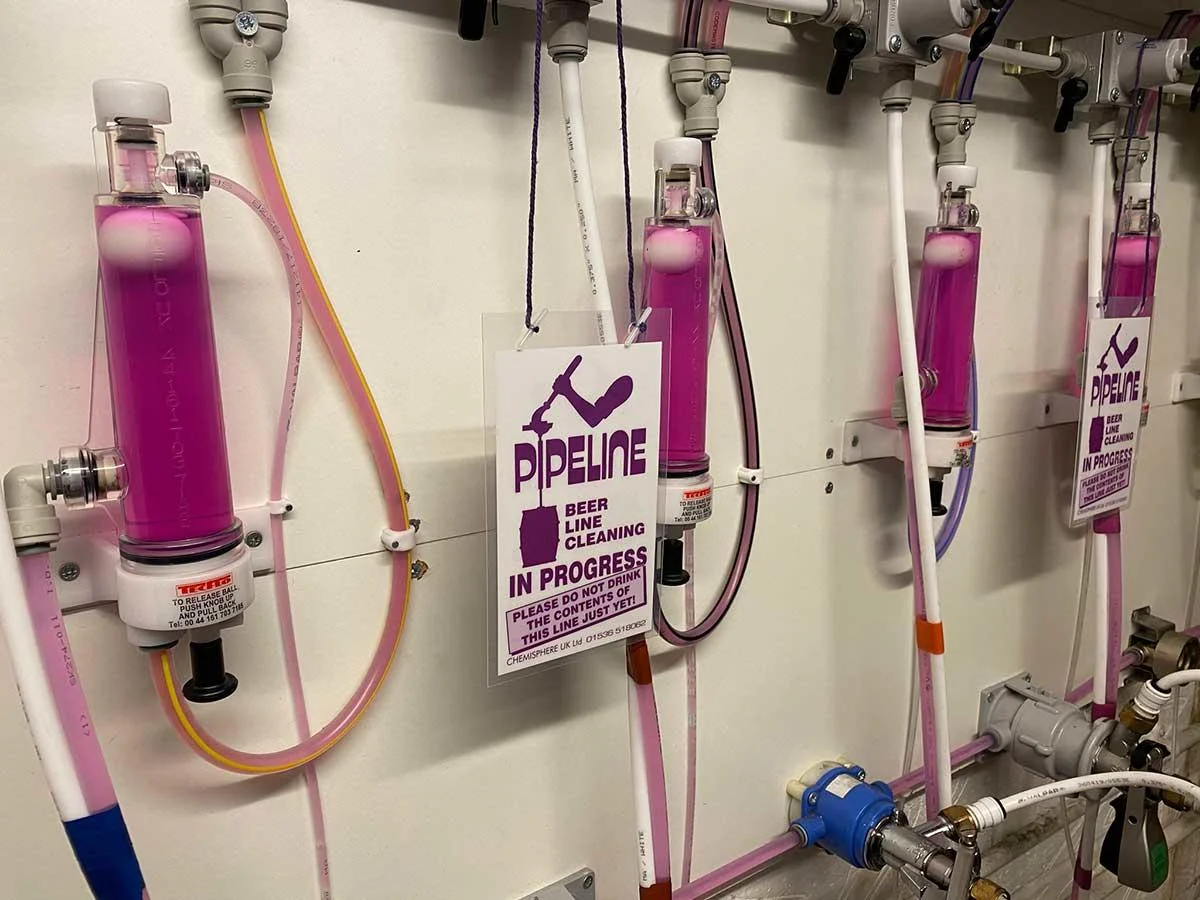
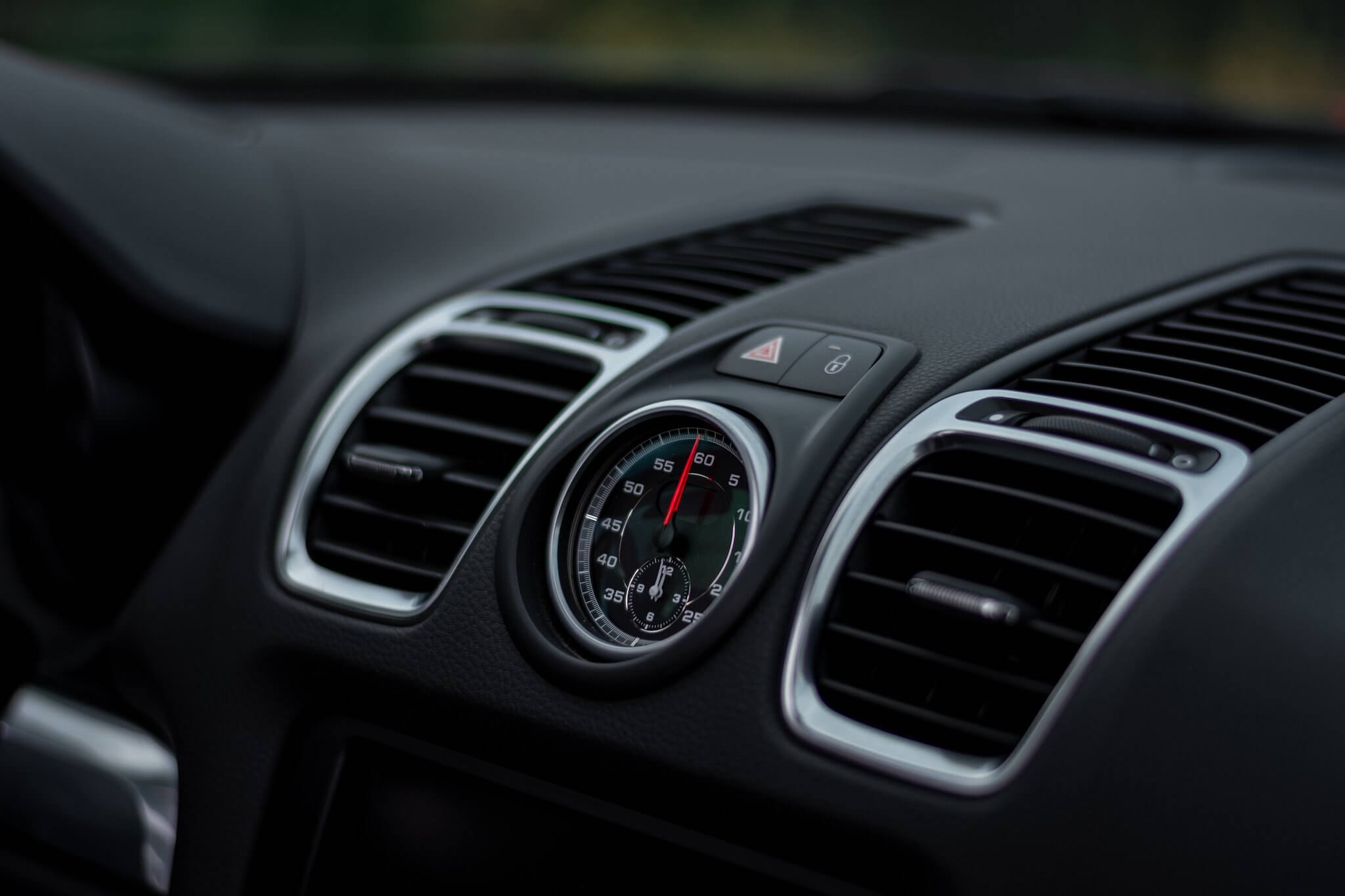

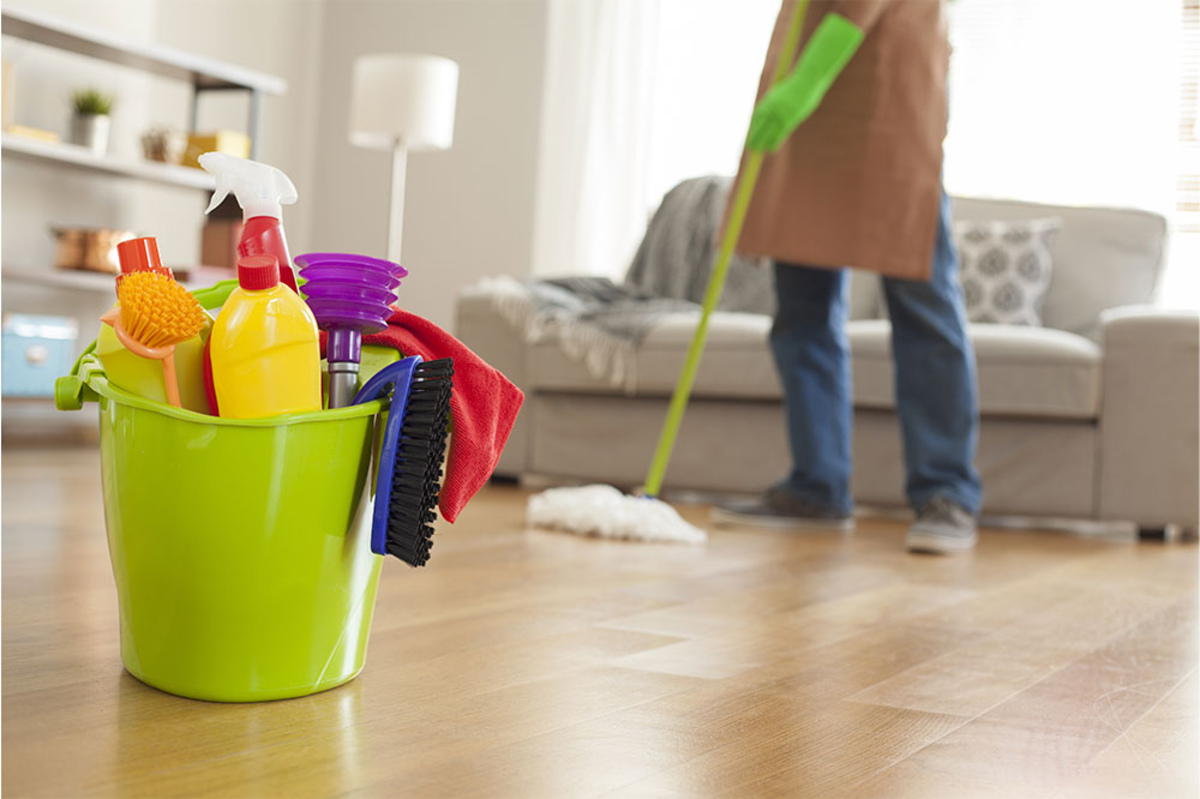
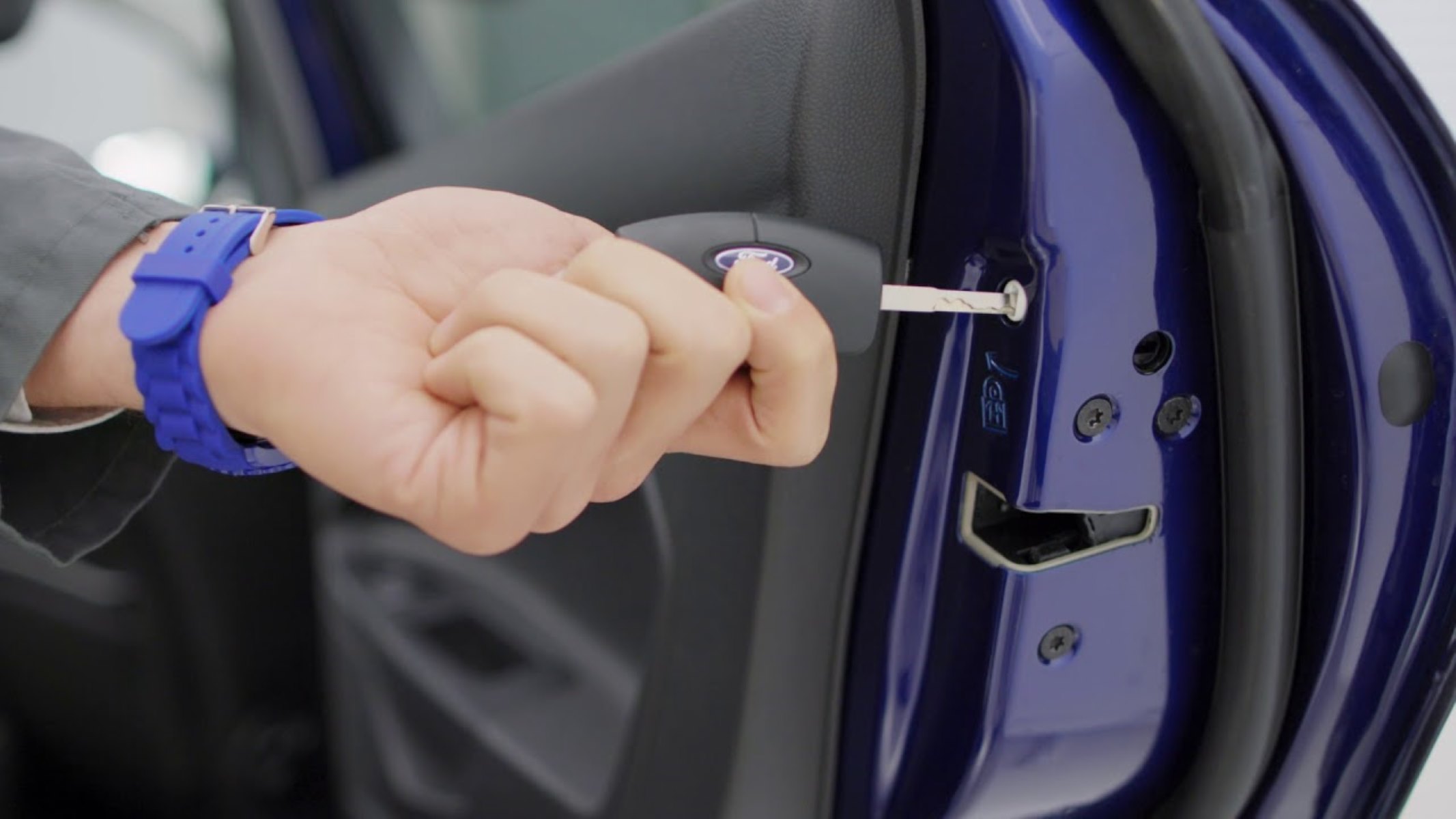
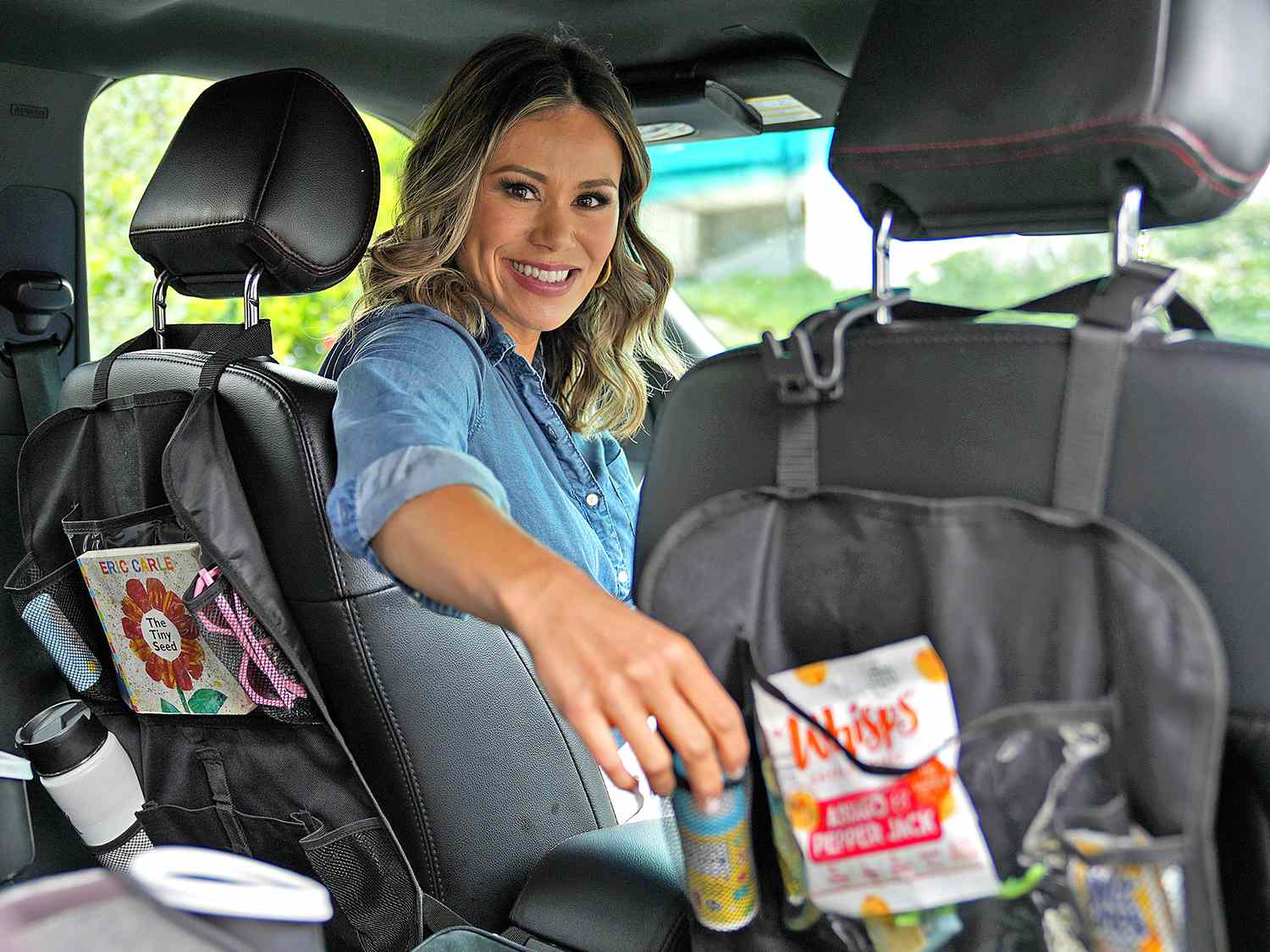
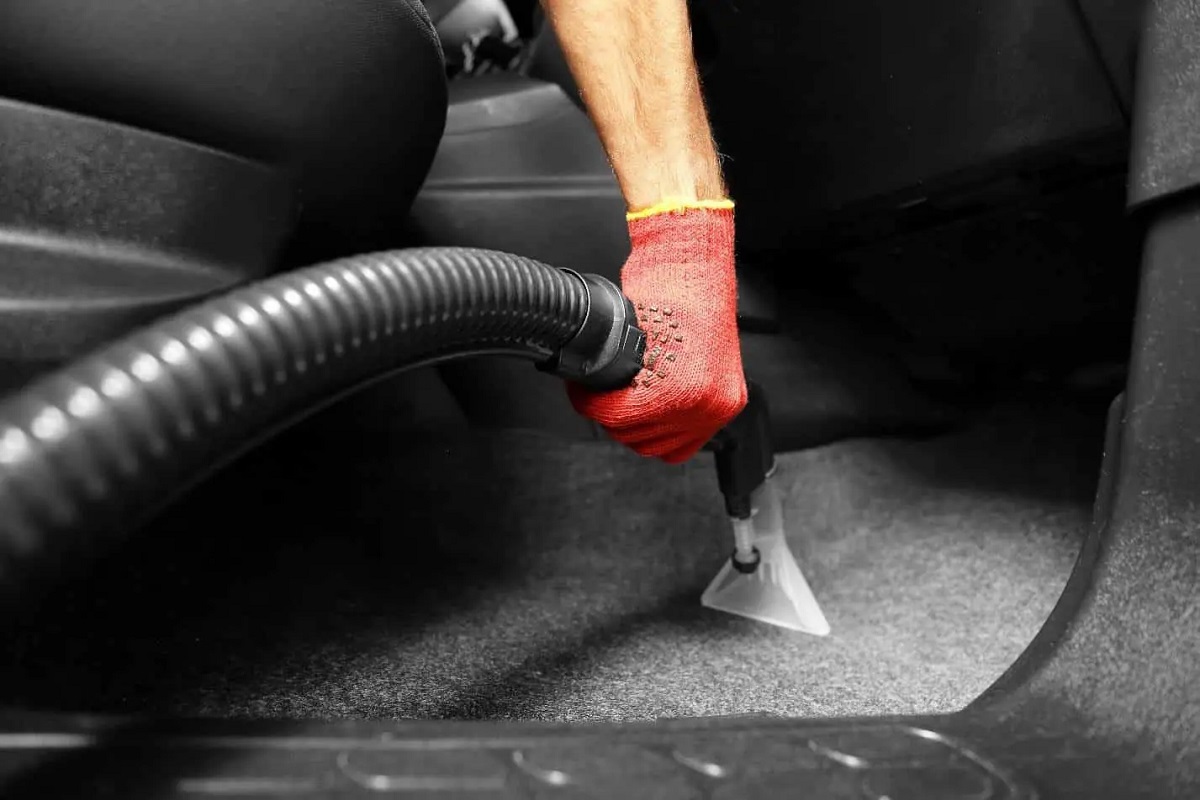
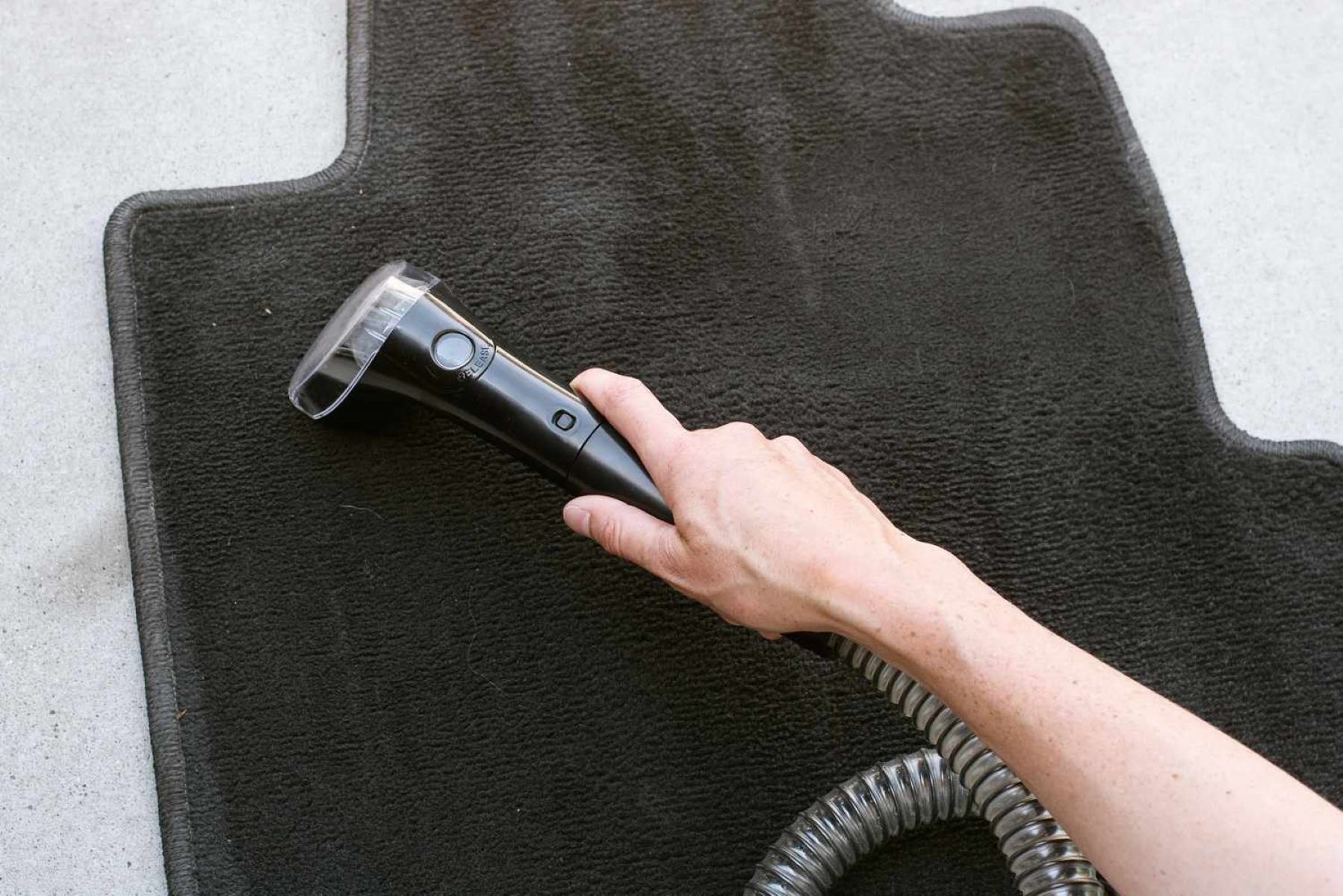
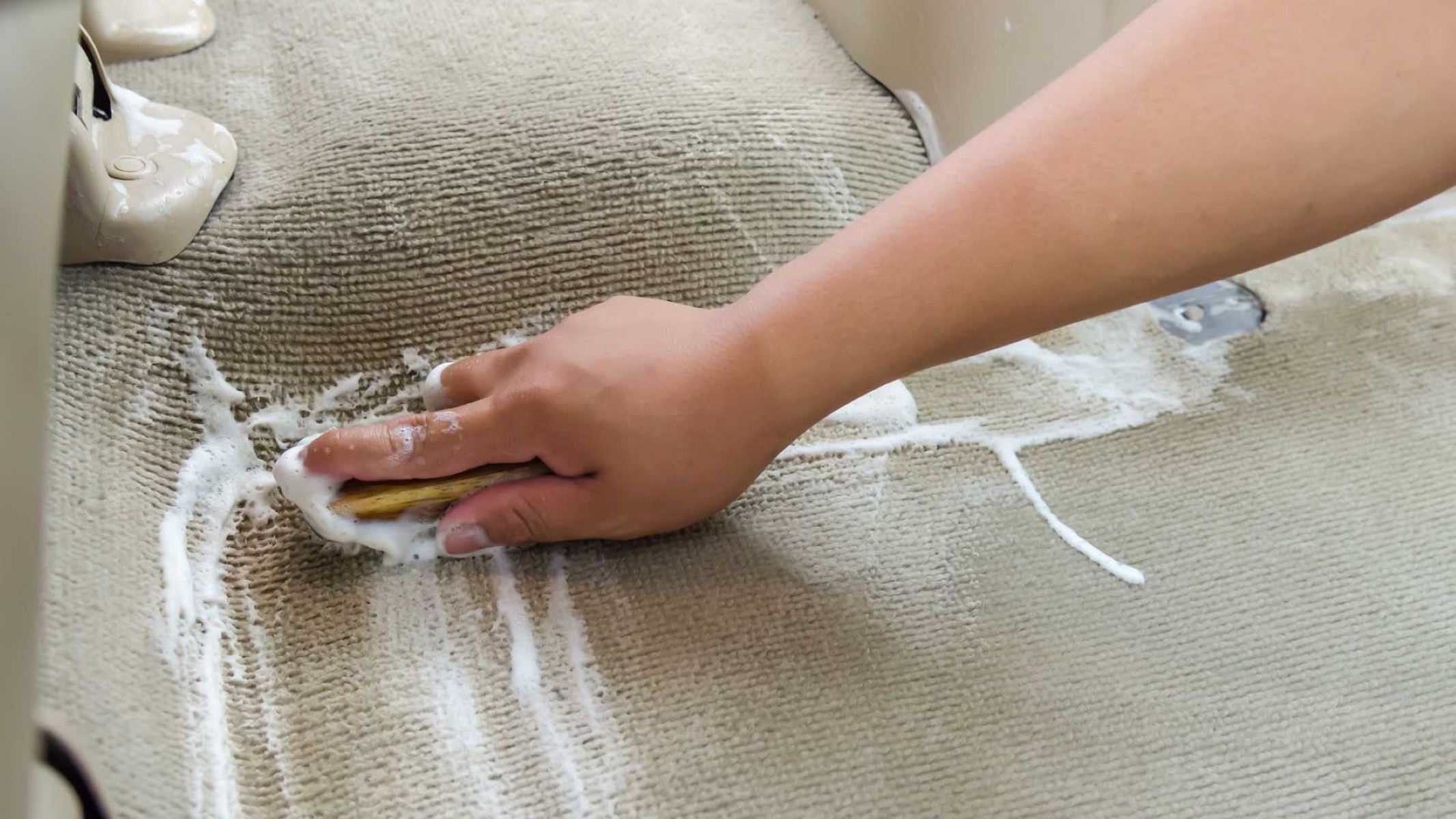
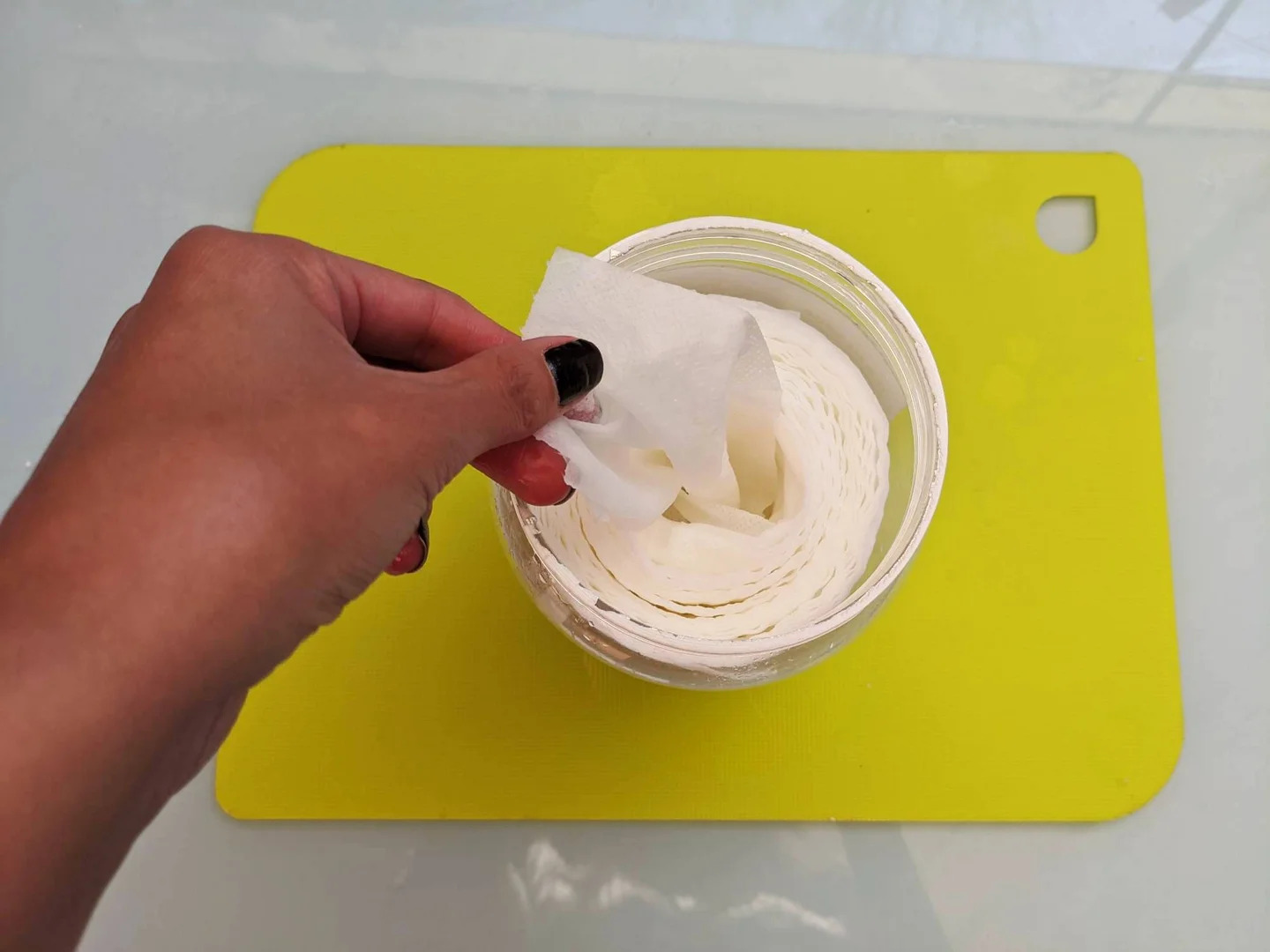
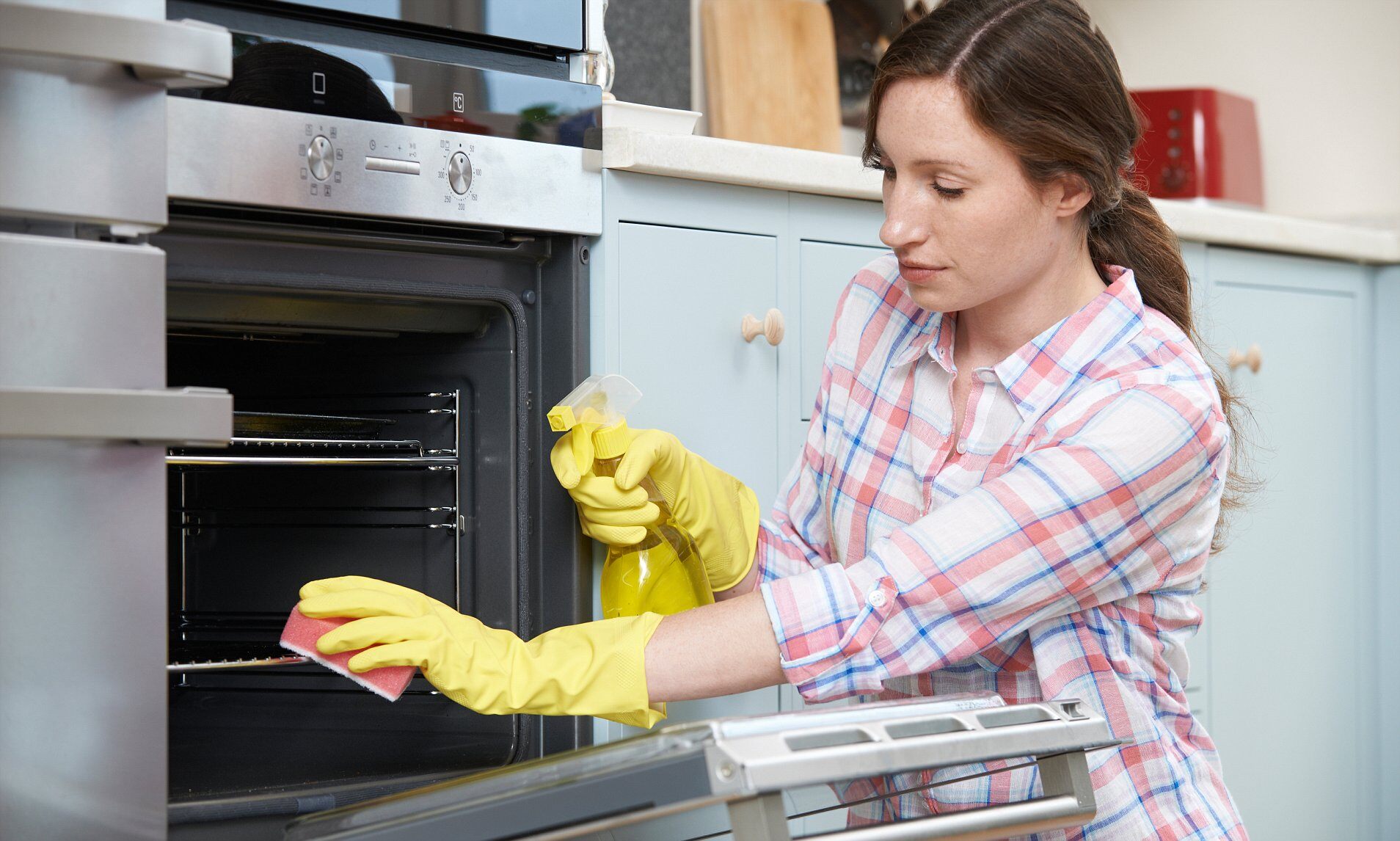
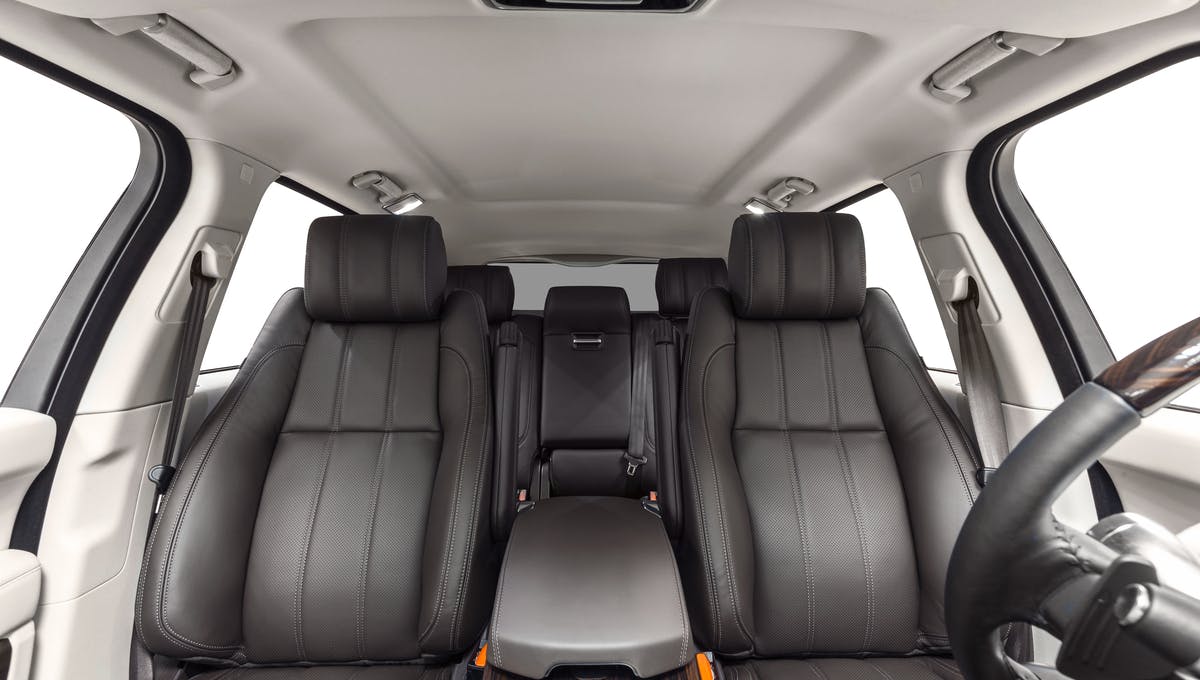
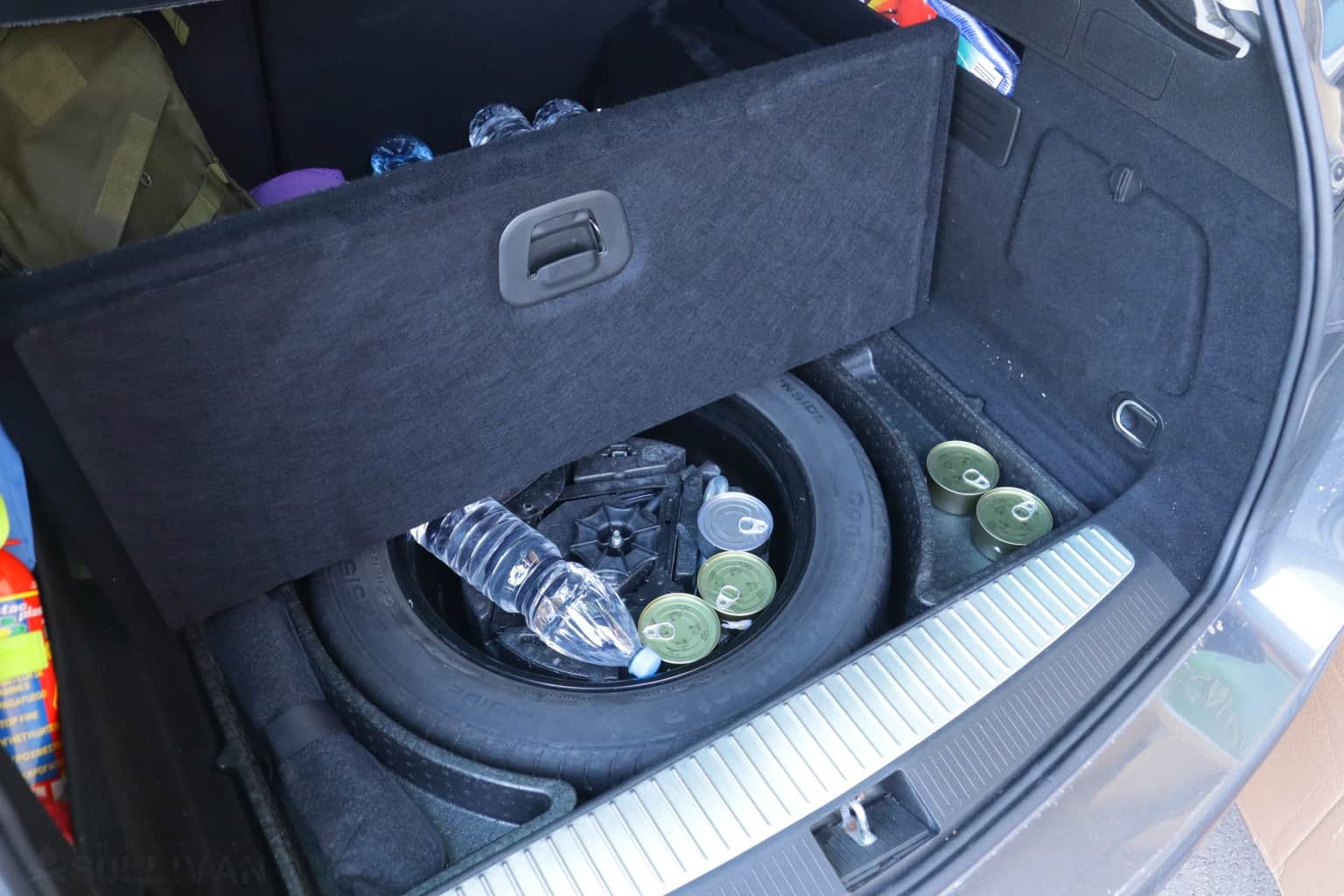

0 thoughts on “Car Cleaning Tips: Disinfecting Your Car”